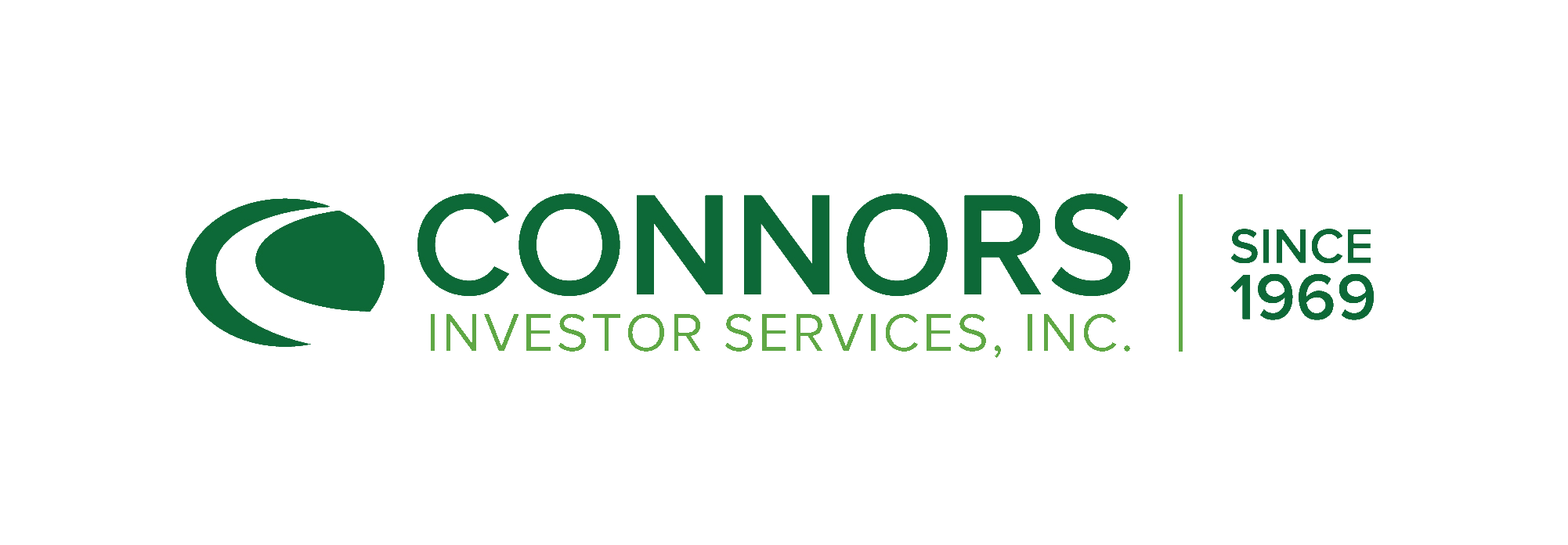2024 Q2 Connors Hedged Equity Fund (CVRDX) Quarterly Commentary
by Robert Cagliola, CFA and Robert Hahn, CFA, on Jul 17, 2024 6:08:50 PM
Market Commentary
“I’m sorry, Dave, I’m afraid I can’t do that.” The famous quote comes from the film 2001: Space Odyssey. The villain in the film is a malevolent talking computer named HAL who attempts to kill the crew of a spaceship. While thankfully, we do not have psychopathic talking computers today, advancements in generative AI are driving a new tech spending cycle with its promise of increased automation and improved productivity. Companies in all industries appear to be embracing the new technology to improve sales, lower costs, and get a leg up on their competition. This secular growth has caused the market’s returns to be concentrated in companies driving the AI transformation. This is illustrated by the widening performance gap between the S&P 500®, which is market cap weighted, versus the S&P 500®, Equal Weighted Index. The performance gap expanded from 300 basis points (bp)to over 1000 bp as the Equal Weighted S&P 500® Index declined 3.1% in Q2 while the S&P 500® rose 3.9% despite lowered expectations for the number of potential rate cuts by the Fed this year. While Inflation continues to moderate, expectations for rate cuts have again been pushed out from June to September. That said, cooling inflation as measured by the Personal Consumption Expenditure Price Index (PCE) reading of 2.6% year-over-year (y/y) for May, along with slowing economic growth (1.4% Q1 GDP) has increased the odds of a 25 bp cut in the Fed Funds rate in September. Meanwhile, the yield on 10-year Treasuries spiked 50 bp from the end of March until late April as investors digested the likelihood of fewer rate cuts this year before declining to end the quarter at 4.4%, up 18 bp.
The broadening market participation that occurred in the second half of last year and continued through Q1 reversed in Q2 as a decreased likelihood of rate cuts and scarcity of growth led to outsized returns for Megacap stocks, particularly the Magnificent Seven, which as a group outperformed the S&P 500 by 1100 bp in the second quarter. Nvidia alone was up nearly 37% during the quarter following a better-than-expected earnings report and expectation of a smooth transition to its new Blackwell GPU platform. As a result, the Technology Sector and Communication Services were the two top-performing sectors up 13.6% and 9.1%, respectively. Meanwhile cyclical sectors ex-Technology underperformed the market with Materials (-4.9%), Industrials (-3.3%), Energy (-3.2%) and Financials (-2.4%) all down for the quarter. Defensives such as Healthcare (-1.4%), Consumer Staples (0.7%), and Utilities (3.9%) were mixed with Healthcare down and Staples and Utilities up. Inflation, as measured by the CPI, continues to abate at a measured pace, coming in at 3.3% y/y, but was flat on a m/m basis, which is the lowest reading since July 2022. One segment of the CPI that remains stubbornly elevated is housing, which came in at 5.4% y/y. This comes as a result of low supply and higher mortgage rates. Following the rally in Q2, while we could see some consolidation, particularly in outperforming stocks, we believe that market participation could broaden again, particularly if moderating inflation enables the Fed to begin cutting rates in September.
Portfolio Equity Positioning
We adjusted the portfolio to further participate in the secular growth themes that show exceptional earnings power. After trimming Apple (APPL, 6.3% of portfolio value) in January, we re-established it as our top portfolio weight this quarter. The company gave more clarity into its AI initiatives with the expectations of an iPhone refresh cycle re-accelerating revenue growth from the integration of AI into Siri. Clearly, the anticipation for a refresh cycle within its iPhone segment is the driver of performance. The company also recently authorized an additional $110 billion in share repurchases and increased its dividend by 4%. ServiceNow (NOW, 2.3%) was purchased because of its ability to leverage its generative AI solutions and automation capabilities and has become the de facto AI solution for business transformation. The company recently reported a 24.5% year-over-year growth in subscription revenue, which was above previous guidance and indicated strong demand going forward. Proctor and Gamble (PG, 1.4%) was purchased based on solid earnings, raised guidance and continued positive outlook. In addition, the company is a consistent cash generator and effective offset to the higher beta names within the portfolio, such as Marvel Technology (MRVL, .98%). The company reported 87% year-over-year growth in its data center end market for its most recent quarter as strong demand for its electro-optics products continues to ramp. In terms of existing positions, we added to Advanced Micro Devices (AMD, 2.2%) given the exceptional growth and future opportunities within its data center segment. In fact, this segment grew 80% year-over-year through the first quarter, and the company has guided the segment to almost double revenues by year-end.
As previously mentioned, cooling inflation numbers and slowing GDP growth raise the odds for a possible rate cut as soon as September. Regardless as to whether this were to happen in September or later in the year, we believe that a most anticipated broadening out into cyclical and economically sensitive stocks (similar to the first quarter) could re-emerge and drive market returns in the 2nd half. As such, we added to Lowes (LOW, 2.4%) and will wait for the recovery in housing demand and related do-it-yourself project demand as rates possibly fall into year-end. The company is also advancing its Pro segment for professional contractor relationships and sees solid growth with small and medium-sized pros going into year-end. Within our non-cyclical holdings, we added to Thermo Fischer (TMO, 2.0%) after they raised 2024 guidance and increased dividends by 11%. The company is further expanding its footprint with strategic acquisitions and partnerships and has a positive outlook on the biotech funding environment going forward.
Purchases were funded with the sales proceeds from Salesforce (CRM, 1.8%), McDonald’s (MCD, 1.8%), and Adobe (ADBE, 1.9%). We exited Salesforce mainly due to concerns around moderating bookings and elongated deal cycles. Furthermore, management was not building AI revenue contributions into the current year’s guidance, although they did voice a more positive outlook further out into 2025. Essentially, we exchanged this position for ServiceNow (NOW, 2.3%) as we felt management was more confident in its guidance and bookings for the current year and going forward. McDonald’s was sold due to concerns over the pressured consumer that refuses to absorb additional price increases. McDonald’s seems to have lost its value proposition to the consumer and is having to reinstate affordability with combo deals to reengage with the weakening consumer, thereby pressuring margins for the foreseeable future. Adobe was sold in response to mounting lower-cost competition for its Creative Cloud Suite product portfolio. Concerns related to potential market share losses and margin sustainability ultimately led to the sell decision. Other funding sources for purchases were realized from positions that were partially called-away which included JP Morgan (JPM, 2.1%), Eaton (ETN, 2.9%), Wells Fargo (WFC, 1.9%), Quanta Services (PWR, 2.5%), TJX Cos (TJX, 2.3%), Alphabet (GOOGL, 3.6%) and Nvidia (NVDA, 4.5%). Given their earnings strength and our positive outlook for these positions, they were re-weighted as opportunities presented themselves throughout the quarter.
Call Option Premium
Market volatility jumped sharply by 47% from the end of March into mid-April as measured by the VIX Index. Higher CPI inflation data and Middle East tensions were the culprit. Volatility then proceeded to methodically fall into the summer months and remained steady at nominally low levels on the back of a dovish Fed while earnings came in largely better than expected. A point of interest since the later part of May is that even though the market volatility fell to nominally low levels, single stock volatility levels moved to price relatively high ahead of earnings for the 2nd quarter. This “richness” can be very beneficial to covered call strategies as income generation potential is elevated. The decision is made for each equity and corresponding call option position to either maximize income potential or seek additional upside participation with lower but solid income generation by writing further out in time but with a higher strike price. It is our intention to work toward raising our notional coverage as the market extends higher and premiums are attractive. At the end of the quarter, the portfolio average percentage written was 53%, while the average days to maturity of the call options at initiation was 98 days, with a 9.0% upside to strike prices. Premium generated for the quarter on a gross basis was 1.3%, annualizing to 5.4%. On a net basis, the fund generated 0.43% premium, annualizing to 1.7%. We note that in some cases, premium proceeds are used to repurchase existing options and roll out on the calendar and up in strike price to maintain existing underlying positions to maintain upside participation.
Protective Put Positioning
The notional value of put contracts ranged from 15% to 50% of total portfolio value, ending the quarter at 50%. As previously mentioned, the moderation of market volatility from May forward enabled the implementation of put protection at relatively low dollar costs to the fund. Contracts were implemented strategically at roughly 20% notional value and tactically above that on technical readings of extended bullishness as the market powered higher. Little opportunity was had to monetize the protection for a profit, and therefore, overall costs subtracted from total return by 32 basis points.
Outlook
Despite year-to-date solid market performance, with the S&P 500 up 14.5% through June, we believe that the market could see further upside in 2024 if inflation continues to moderate and expectations for Fed rate cuts increase. We believe that while AI will continue to be a significant market driver, market participation could broaden again in the second half, and we could see a rotation back into cyclical sectors as well as individual equities that have underperformed on a relative basis. Rate-sensitive industries such as housing would greatly benefit from any potential rate cuts or declines in the 10-year Treasury rate and Financials with capital markets exposure should benefit from increased advisory and M&A business along with greater fee generation due to higher AUM in businesses such as asset and wealth management. We continue to manage a core portfolio of both secular growers and more value-oriented cyclicals. We look for opportunities to enhance the portfolio and will look to add to positions on any pullbacks.
| The performance data quoted represents past performance. Past performance does not guarantee future results. The investment return and principal value of an investment will fluctuate so that an investor’s shares, when redeemed, may be worth more or less than their original cost. Current performance may be lower or higher than the performance data quoted. For performance current to the most recent month end, please call 833-601-2676. |
IMPORTANT INFORMATION:
Past performance is no guarantee of future results. As with any mutual fund investment, there is a risk that you could lose money by investing in the Fund. The Connors Hedged Equity Fund is distributed by Ultimus Fund Distributors, LLC. (Member FINRA) Connors Investor Services and Ultimus Fund Distributors, LLC are separate and unaffiliated. [17812948-UFD-01/22/2024]
This information is for use with concurrent or prior delivery of a fund prospectus. Investors should consider the investment objective, risks, charges, and expenses of the Fund(s) before investing. The prospectus and the summary prospectus contain this and other information about the Fund and should be read carefully before investing. The prospectus may be obtained by calling 844-ACFUNDS (844-223-8637).
The performance data quoted represents past performance. Past performance does not guarantee future results. The investment return and principal value of an investment will fluctuate so that an investor’s shares, when redeemed, may be worth more or less than their original cost. Current performance may be lower or higher than the performance data quoted. For performance current to the most recent month end, please call 833-601-2676.
This material is being provided for informational purposes only. Any information should not be deemed a recommendation to buy, hold or sell any security. Certain information has been obtained from third-party sources we consider reliable, but we do not guarantee that such information is accurate or complete. This report is not a complete description of the securities, markets, or developments referred to in this material and does not include all available data necessary for making an investment decision. Prior to making an investment decision, please consult with your financial advisor about your individual situation. Investing involves risk and you may incur a profit or loss regardless of strategy selected. There is no guarantee that the statements, opinions, or forecasts provided herein will prove to be correct. Opinions are subject to change without notice.
Definitions
Investments in options involve risks different from, or possibly greater than, the risks associated with investing directly in the underlying securities.
Delta: The amount option is expected to move for $1 change in stock price.
Call option: A call option is a financial contract that gives the buyer the right, but not the obligation, to purchase a specific asset at a predetermined price within a specific time period.
Covered call: Selling a call option on an underlying long-held security.
Notional: In derivatives markets, such as futures and options, the notional value is the value of the underlying asset that the contract is based on.
Out of the money: Out of the money refers to a call option with a strike price that is higher than the market price of the underlying asset, or a put option with a strike price that is lower than the market price of the underlying asset.
Put protection: Implementing a protective put by purchasing a put option vs a long underlying equity position or broad index that is not necessarily held.
S&P 500® Index: A market capitalization-weighted index of 500 widely held stocks often used as a proxy for the stock market. Unlike mutual funds, the index does not incur expenses. If expenses were deducted, the actual returns of this index would be lower.
Strike Price: The predetermined price at which a specific security may be purchased (for a call option) or sold (for a put option) by the option holder until the expiration date of the options contract.
VIX Index: The ticker symbol and the popular name for the Chicago Board Options Exchange's CBOE Volatility Index, a popular measure of the stock market's expectation of volatility based on S&P 500 index options.
Volatility: A statistical measure of dispersion of returns.
20240717-3709331





